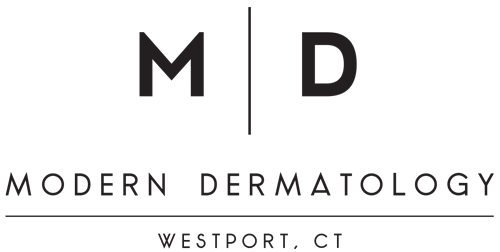Seborrheic Dermatitis
Seborrheic Dermatitis most commonly affects the scalp, and is most commonly known as dandruff. It can also be referred to as seborrheic eczema, sebopsoriasis and in infants as “cradle cap.”
Symptoms tend to become more severe in cold, dry temperatures, and include:
Skin flakes (dandruff) on your scalp, hair, eyebrows, beard or mustache
Patches of greasy skin covered with flaky white or yellow scales or crust on the scalp, face, sides of the nose, eyebrows, ears, eyelids, chest, armpits, groin area or under the breasts
Red skin
Itching
After your doctor confirms the condition, treatment can typically start with over-the-counter dandruff shampoos like Head & Shoulders (Pyrithione zinc), Selsun Blue (Selenium sulfide), Nizoral A-D (Ketoconazole), Neutrogena T/Gel (Tar) or Neutrogena T/Sal (Salicylic acid). Often patients need to try a few options before finding the best solution for them.
If home remedies are not working, there are stronger treatment methods by prescription. These options include prescription steroid creams, antifungal medications and oral or injectable treatments when severe.
Skin Tags
Skin tags are small skin growths caused by friction of skin (usually found in armpit, neck or between the legs). Many pregnant women also develop skin tags as a result of the heightened estrogen levels associated with pregnancy. Skin tags are usually not harmful, but can be bothersome in terms of appearance or in cases where the skin tag repeatedly gets caught on something like a razor or piece of clothing.
There are in-office procedures to remove skin tags. They can be frozen, burned or removed by snipping or shaving.

